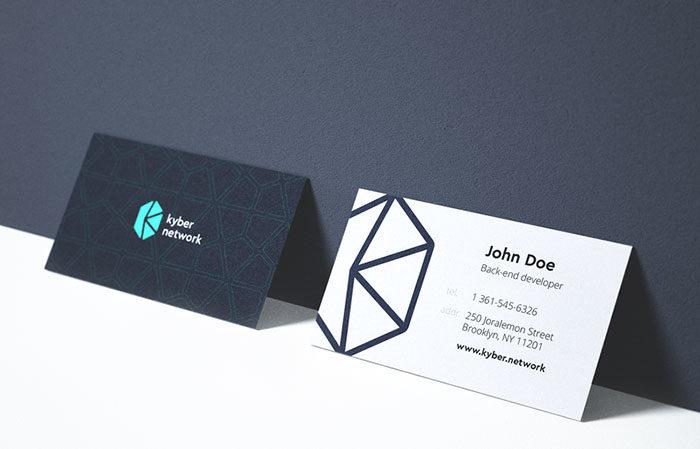
Think again if you believe that your firm doesn’t need any business cards to succeed in the digital age. Business cards are crucial for building your brand identity and luring in new clients. They are all-purpose tools that give potential customers the chance to easily find your business and use its services.
Company cards continue to be crucial for wirelessly transferring contact information and business information even though paperless communication is growing in popularity. Do not be misled; business cards will not disappear any time soon. Therefore, you should make sure that your business card is in good condition. How do you manage that? Observe the five basic guidelines listed in today’s post.
Business Cards
Your potential clients will frequently look for your contact information on a business card, which is just a little card printed with your name and information about your company.
A typical business card is roughly 3.5 by 2 inches. Despite its diminutive size, you may still convey your message without overburdening the card with details. Your card should motivate your recipients to act in addition to being visually appealing. Therefore, as a business owner, you want your card to accurately represent your corporate identity and general business ethos. For this, you should keep your text clear and simple while utilizing the appropriate handwriting, colors, and fonts. An attractive card will make a difference in whether someone picks up the phone or tosses it in the garbage. As a result, you should give your business card design significant thought and attention.
Let’s look at the five components that each business card needs.
#1 Logo
At first glimpse, people should be able to identify your brand. The logo is the easiest way for someone to understand what business your card represents because it is a visual representation of your company name. Your logo should typically occupy between a quarter and a third of the area on your business card. As a result, the logo is the piece on your business card that stands out the most.
#2 Your Name
It’s customary to put your name on a business card you get from someone. It informs the receiver of your card who to get in touch with if they have any questions about your business. Additionally, your business card can help them remember your name in case they should forget it—because, let’s face it, that does happen.
#3 Contact Method

The next thing you need to make sure is that you give your potential clients contact options so that they know who to contact in the event that they need your goods or services. Your contact information should be clear. It might be a social media account, email address, or phone number. Due to the fact that every person has a different preferred mode of contact, we advise listing many. Therefore, you should let the person who receives your card determine which is best for them.
It is also recommended to include no more than one, but no more than two, phone numbers. Customers would undoubtedly want to know how to contact you the easiest. Additionally, searching through numerous phone books can make them incredibly reluctant to help you. Make sure the number accepts voice messages if you only list one. In this way, it will be simple for your clients to get in touch with you, and if they can’t, they can leave a message.
#4 Website Address
Your company should have a website these days, and it should serve as an online version of your business card. It will give the receiver of your card an option to look up more specific information about your company online. The fact that every website begins with http:// is generally understood. Therefore, you don’t need to mention this in your content. Such unneeded details merely add to the clutter and take up space.
#5 Physical Address
The type of your business will determine if you should include your physical address. Do not include your physical address if you are an independent contractor, yard maintenance company, or online store that operates digitally without a physical site that clients can visit. However, you should definitely include this information in your business card if you do run your business out of a physical place that is frequented by your clients, such a restaurant, spa, or tailor shop.
Additional Information
You might wish to include a few extra things on your card. A fantastic spot to include extra information like appointment times or crucial social media connections is on the back of your business card. If this information is available elsewhere, such as on your company website, omit it. Your card should have a simple design and just contain the most important information. In this case, readability is crucial.




![[Break] Jujutsu Kaisen 249 Raw Scans, Spoilers, New Release Date](https://orianime.com/wp-content/uploads/2024/01/jujutsu-kaisen-249-raw-scans-spoilers-new-release-date-800x413.webp)
